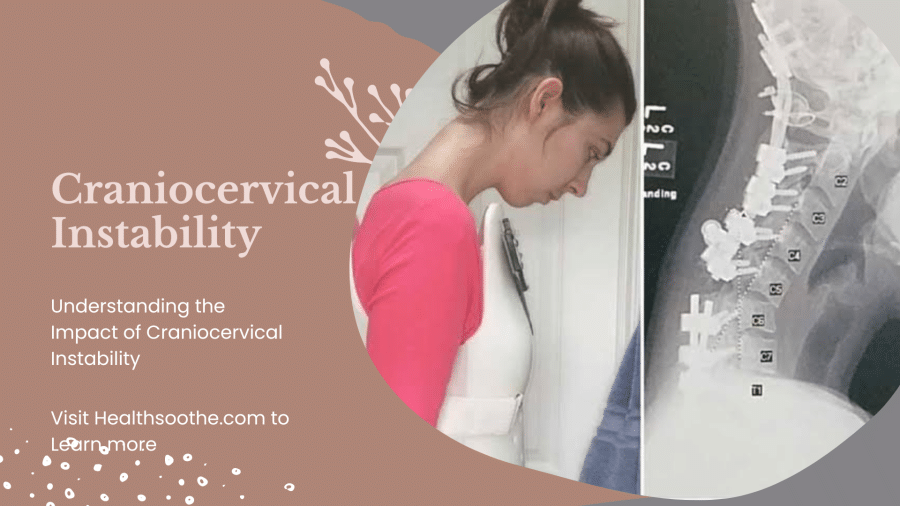Pain and discomfort can be debilitating. It can drastically affect the quality of life and limit what activities and tasks can be accomplished. Craniocervical instability is a condition that can cause pain and discomfort in the neck and head, and understanding the impact of this condition is essential for helping those suffering from it.
CCI Institute in Colorado is dedicated to helping individuals and families dealing with craniocervical instability navigate their condition and find relief. But what is craniocervical instability, and how can it affect the lives of those suffering from it?
Definition of Craniocervical Instability
Craniocervical instability (CCI) is a condition in which the structures of the neck and head fail to provide adequate support for the body’s weight and movement. This can cause discomfort and even pain in the neck and head, as well as a range of other symptoms, such as lightheadedness, dizziness, and headaches.
The most common cause of CCI is abnormal compression and misalignment of the small joints of the neck, which can be due to injury or may be a result of a congenital condition. Treatment for CCI typically involves physical therapy, bracing, or surgery, depending on the severity of the condition.
Causes of Craniocervical Instability
Craniocervical instability is a condition that can cause a wide range of pain, discomfort, and mobility issues. There are two primary causes of craniocervical instability, which include traumatic injury and connective tissue disorders. Traumatic injury is typically caused by an external force, such as a car accident, sports-related accident, or a fall.
Connective tissue disorders, on the other hand, are usually caused by a genetic defect in one of the connective tissues in the body, such as the ligamentum nuchae or the cervical ligaments. These conditions can cause the vertebrae in the cervical spine to move out of their proper alignment, resulting in craniocervical instability.
Symptoms of Craniocervical Instability
Craniocervical instability (CCI) is an often undiagnosed condition that can cause severe pain and discomfort. It is caused by a misalignment of the head and neck and can be triggered by extended periods of inactivity, injury or trauma, or a gradual degeneration over time. The condition is primarily characterized by three symptoms: headaches, dizziness, and neck pain.
Headaches are often described as feeling as if “something is pressing into the back of the head” and can be further characterized as throbbing and worse with activity. Dizziness is often described as a feeling of spinning and can be accompanied by blurred vision, balance issues, and vertigo. Neck pain is often described as an ache and can include shoulder pain, muscle weakness, and numbness.
Long-Term Outlook for Craniocervical Instability
Craniocervical instability can be a significant source of pain and discomfort for many individuals, and the long-term outlook for this condition is often uncertain. In order to manage the impact of craniocervical instability, it is important to understand the condition and how it can affect the body.
Research suggests that with proper diagnosis, treatment, and management, individuals can experience improved comfort and quality of life. It is important to note, however, that there is no cure for craniocervical instability, and the condition can require ongoing management. Therefore, it is important to consider the long-term impact of this condition when making decisions about treatment.
In conclusion, Craniocervical instability can have a significant impact on an individual’s well-being and quality of life. However, with the right diagnosis and treatment, the pain and discomfort associated with this condition can be eased, allowing individuals to return to their normal activities. With proper management, individuals can improve their physical and emotional health and lead happier healthier life.

Isreal olabanji a dental assistant and public health professionals and has years of experience in assisting the dentist with all sorts of dental issues.
We regularly post timely and trustworthy medical information and news on Fitness, Dental care, Recipes, Child health, obstetrics, and more.
The content is intended to augment, not replace, information provided by your clinician. It is not intended nor implied to be a substitute for professional medical advice. Reading this information does not create or replace a doctor-patient relationship or consultation. If required, please contact your doctor or other health care provider to assist you to interpret any of this information, or in applying the information to your individual needs.




